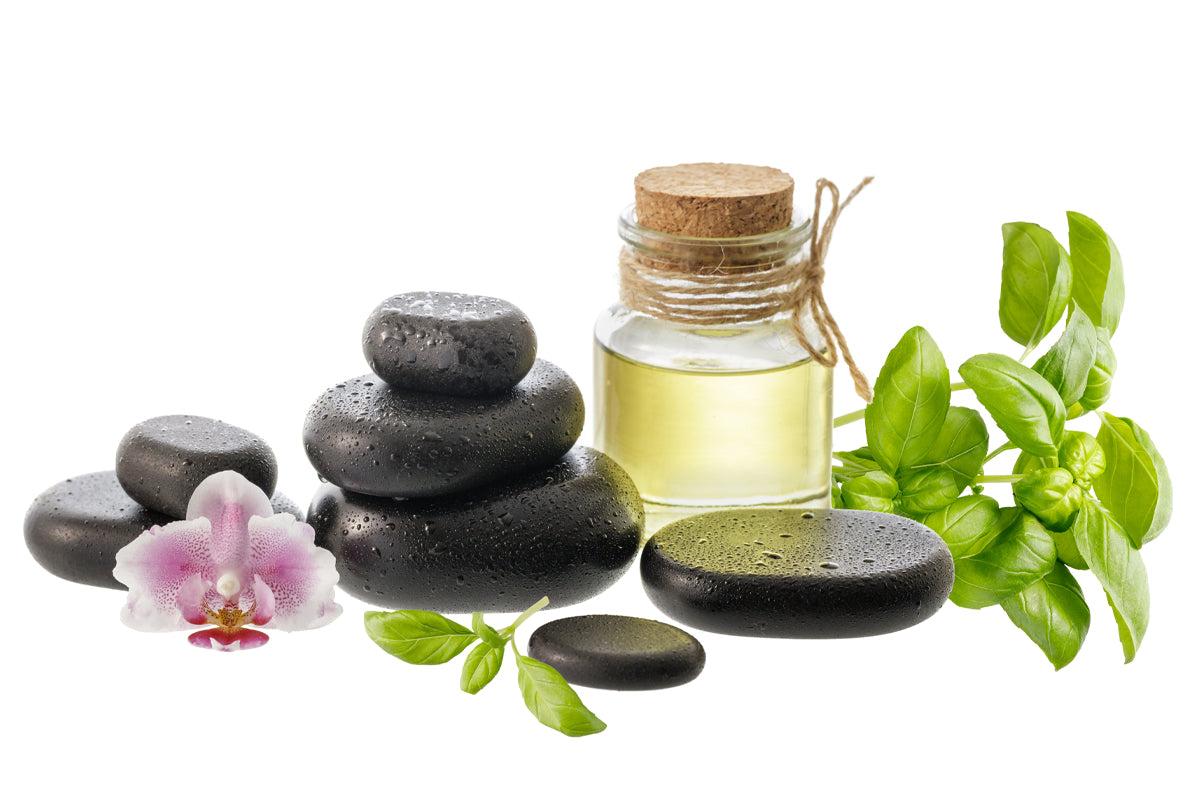Ancestral Essences: Discovering the Aromas of Inca Culture
The Inca culture, rich in traditions and ancestral knowledge, offers a fascinating universe of aromas that reflect its deep connection with nature and the environment. The essences extracted from plants, flowers, and herbs play a fundamental role not only in the daily life of the Incas but also symbolize their worldview and spirituality. This blog explores the diverse ancestral essences of Inca culture, their origin, significance, and relevance today, providing a window into the cultural heritage of this civilization.
The Inca Cosmovision and its Aromas
The Inca cosmovision is intrinsically linked to their natural environment. For the Incas, each aroma possesses symbolic meaning that goes beyond the sensory. The essences of plants like muña, an aromatic herb, are considered sacred and used in rituals to honor the gods of nature. The fragrance of muña evokes a connection with the earth and respect for Pachamama, or Mother Earth. This holistic approach to aromas highlights how the Incas perceive the world, integrating their spirituality into the use of natural elements. Thus, aromas become vehicles of communication between the human and the divine, creating a bridge that unites the earthly world with the spiritual.
Aromatic Plants in Traditional Medicine
Aromatic plants play a crucial role in Inca traditional medicine. Essences like coca and eucalyptus are used not only for their fragrance but also for their healing properties. Coca, for example, is employed in infusions and healing rituals, thanks to its ability to relieve altitude sickness and enhance vitality. Eucalyptus, with its fresh, menthol scent, is used to treat respiratory conditions. These practices reflect the ancestral wisdom of the Incas, who recognize the importance of nature in promoting health and well-being. Through the use of these essences, a legacy of knowledge continues to thrive in today’s Andean communities.
The Role of Essences in Religious Rituals
Inca religious rituals are filled with symbolism, and aromatic essences are essential in these contexts. During ceremonies dedicated to the sun, such as Inti Raymi, incense and resins from plants are used to purify the space and honor the gods. The aroma of copal resin, for example, is associated with the connection between the divine and the earthly. These essences not only create an environment conducive to spirituality but also invoke the presence of deities. The attention to aromas in these rituals shows how the Incas integrate their beliefs into the sensory experience, elevating the act of worship to an artistic and spiritual expression.
Aromas in Inca Cuisine
Inca culture not only utilizes aromatic essences in rituals and medicine but also integrates them into their gastronomy. Ingredients like aji and mint add unique flavors and aromas to their dishes, reflecting the diversity of Andean biodiversity. The combination of spices and herbs in Inca cooking highlights their ability to utilize available resources in their environment. Furthermore, the use of these essences in food promotes not only sensory delight but also health by incorporating medicinal properties into the daily diet. Thus, the aromas of Inca cuisine testify to their deep connection with the earth and their knowledge of nature.
The Art of Inca Perfumery
Perfumery in Inca culture develops from the use of natural essences. The extraction of aromas is carried out using traditional techniques, including maceration and distillation of plants. These artisanal practices allow the creation of fragrances that are not only appreciated for their beauty but also embody cultural meanings. The obtained fragrances are used in rituals, ceremonies, and everyday life, reflecting social status and personal identity. This art of perfumery highlights the creativity of the Incas in transforming natural resources into expressions of beauty and spirituality.
The Legacy of Essences in the Present Day
Interest in the ancestral essences of Inca culture has resurged today, especially in the context of sustainability and respect for biodiversity. Increasingly, Andean communities are reclaiming traditions of using natural essences in beauty products, aromatherapy, and gastronomy. This renaissance not only revalues Inca cultural heritage but also promotes a sustainable approach that respects the environment. Ancestral essences become tools for empowering communities, providing livelihoods, and preserving knowledge that could have been lost over time.
The Education and Dissemination of Ancestral Essences
Education plays a vital role in the preservation of the ancestral essences of Inca culture. Local institutions and organizations work to teach new generations about the value of these fragrances and their traditional use. Workshops, lectures, and training programs help transmit ancestral knowledge and foster appreciation for biodiversity. The dissemination of these practices ensures that the rich cultural heritage of the Incas endures while promoting a more conscious and environmentally respectful lifestyle. This educational approach creates a bond between the past and the future, ensuring that ancestral essences remain an integral part of Andean cultural identity.
The ancestral essences of Inca culture represent an invaluable heritage that reflects this civilization's connection to nature and spirituality. From their use in religious rituals to their integration into gastronomy and traditional medicine, aromas testify to the wisdom and creativity of the Incas. Today, interest in these essences is resurging, promoting sustainability and respect for biodiversity. Through education and knowledge dissemination, this legacy is ensured, enriching Andean culture and the well-being of future generations.
Sources Consulted
- Murra, J. V. (2002). The Economic Organization of the Inca State. Tucson: University of Arizona Press.
- Noble, J. (2011). Andean Art and Architecture. New York: Thames & Hudson.
- Salomon, F., & Urioste, M. (1991). The Inca Empire: A Multidisciplinary Approach. New York: Princeton University Press.
- Adelaar, W. F. H. (2004). The Language of the Incas. Oxford: Oxford University Press.
- Bernaola, G. (2015). The Aromas of the Andes: Traditions and Contemporary Uses. Lima: San Marcos Publishing House.
Article originally published on [12/18/2023], updated on [10/23/2024]


